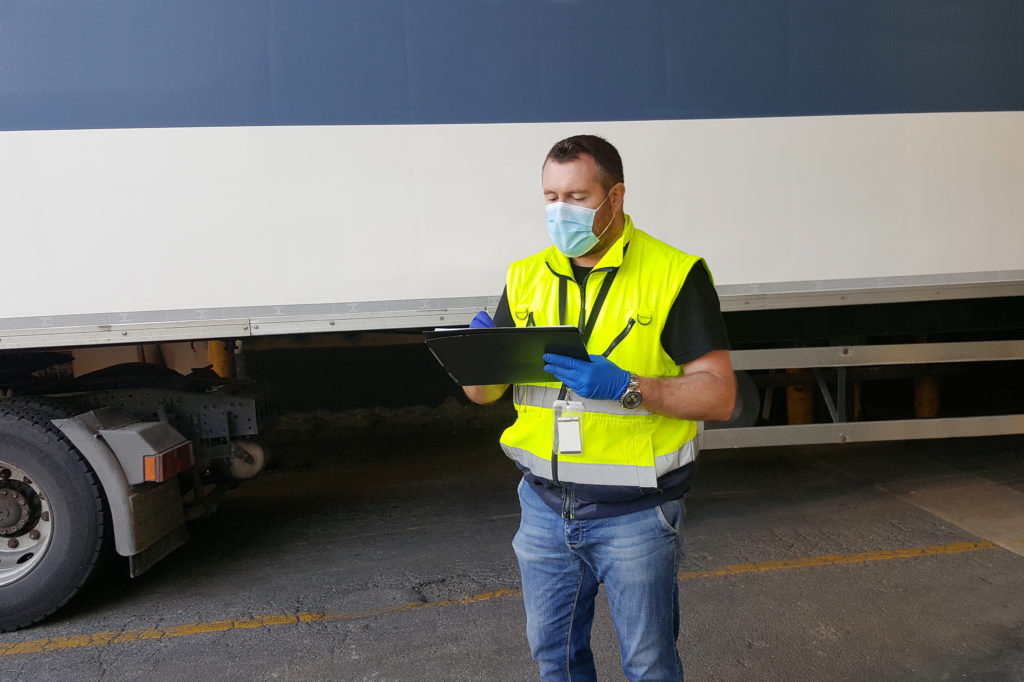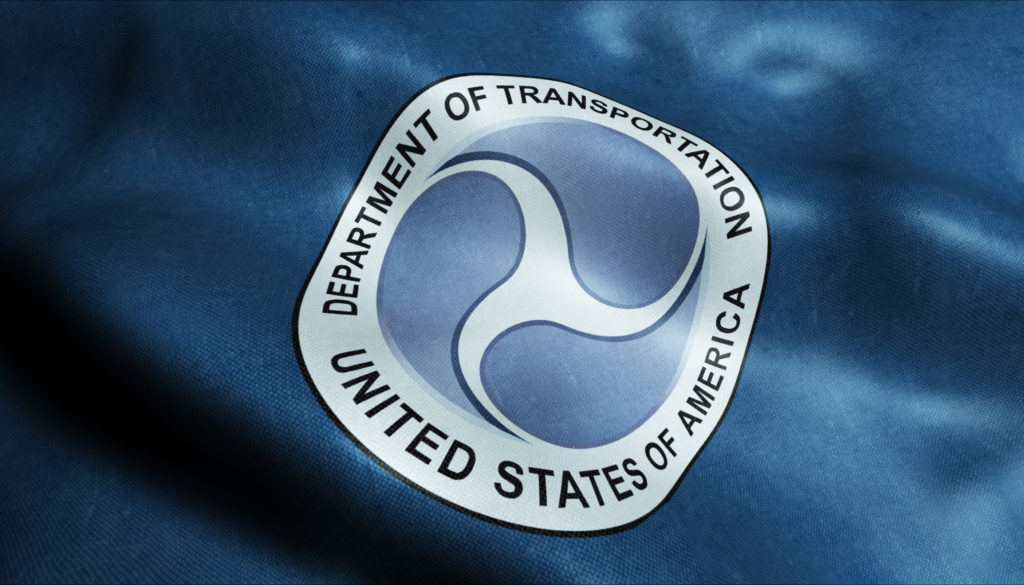
Recently, we reported on the Federal Motor Carrier Safety Administration’s relaxation of regulations regarding commercial driver license learner’s permit holders, which came as a response to a driver shortage during the high demand of shipments during the coronavirus pandemic.
Now, this emergency declaration has been expanded to allow commercial driver license skills tests to be conducted with in-cab camera systems, cellphones, and online testing instead of an examiner being physically present with an applicant.
The FMCSA explained that while the country adheres to social distancing rules and guidelines, states can also continue to allow supplies and equipment needed during this time to be shipped without interruption while also bringing new drivers into the industry by utilizing technology. In its announcement, the FMCSA said cameras, cellphones, and bluetooth are now able to be used in CDL skills testing in order to allow examiners “to not be physically present in the cab of the vehicle with the driver applicant while conducting the on-road test segment.”
The FMCSA also said states could use other methods of safe testing, such as having two employees in a spacious follow vehicle–allowing them to sit six feet apart–with one driving and one observing the applicant during his or her skills test. Additionally, one employee could drive a follow vehicle while a camera records the applicant, allowing the test to be viewed after the examiner has stopped driving.
Still, any state that plans to move forward with socially distancing skills examinations must submit a detailed plan explaining how the test conducted via technology will be equivalent to test standards by the American Association of Motor Vehicle Administrators.
“The plan should detail how the state intended to administer the test without compromising safety, observe the skills test from a second vehicle, leverage technology and score the road test, along with any other information the state believes will help the FMCSA determine whether the test administration is comparable to the AAMVA model,” said the agency.
FMCSA said it will consider keeping these amendments in place until the end of June.
“State driver licensing agencies must administer tests using a test examiner information manual that FMCSA determines is comparable to AAMVA’s 2005 CDL Test System Model CDL Manual,” the agency explained.
The original steps taken for commercial driver’s license regulatory relief during the COVID-19 crisis were made effective on March 28th and set to expire June 30th, or until the Trump Administration revokes its declaration of national emergency. These new relaxed regulations included allowing drivers with expired CDLs to continue operating commercial motor vehicles, allowing employers to make up for missed random drug and alcohol testing later in the year, and–perhaps the most surprising change–allowing drivers with commercial driver’s learner’s permits to operate CMVs without any observers.
With this amendment, the agency temporarily waived all requirements that a learner’s permit holder must be accompanied by a CDL holder observing from the front seat of a vehicle while the CLP holder operates the commercial vehicle.
The waiver also originally allowed State Driver Licensing Agencies to administer driving skills tests for out-of-state CDL applicants–regardless of where the learner’s permit holders were trained.
In addition to these changes, the FMCSA has also: waived requirements for CDLs due for renewal on or after March 1st, as well as for CLPs due for renewal, without requiring CLP holders to retake the general and endorsement knowledge tests; waived the 14-day-requirement for CLP holders to wait to take the CDL skills test; waived requirements regarding new medical examination and certification for CDL and CLP holders (as well as non-CDL drivers), as long as they have proof of a medical certification issued for at least 90 days that expired on or after March 1st; and waived requirements that CDL or CLP holders must provide SDLAs with a copy of a medical examiner’s certificate to maintain their medical certification status of “certified,” as long as they have proof of a valid medical certification that expired on or before March 1st.
Additionally, while motor carriers were previously required to select and test CDL holders at a 50% rate for drug testing and a 10% rate for alcohol testing this year, FMCSA will also allow some adjustments and delays for these mandatory random drug tests during this time.




